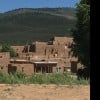The Northern European Renaissance 14th - 17th centuries
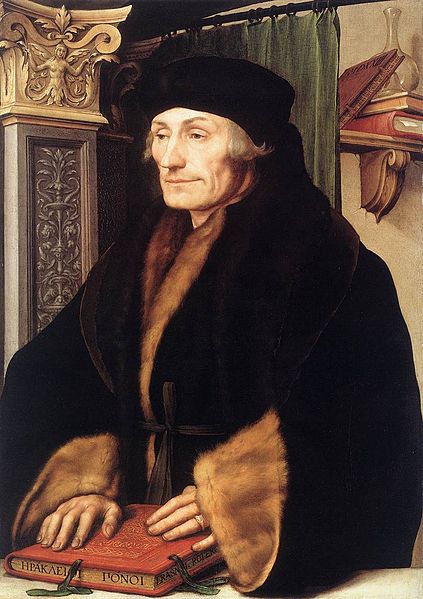
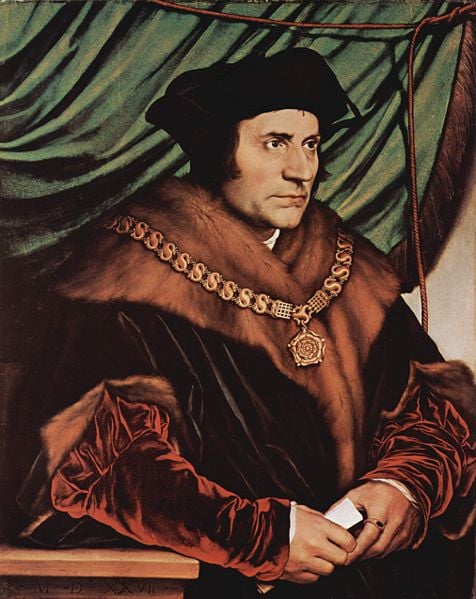
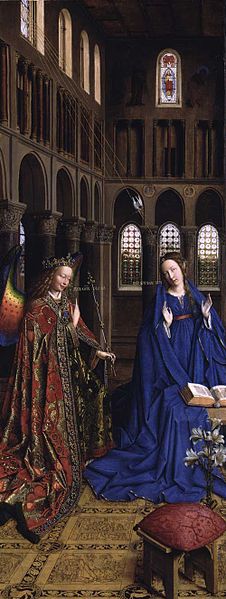
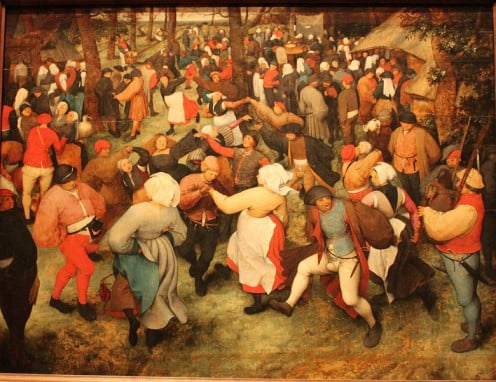
The Northern European Renaissance
As laid out in Part I, the European Renaissance began in Florence, Italy and this city became the hub of the Renaissance which spread throughout the European Continent. Italy, therefore, was the country that all the others looked to for the "rebirth" they were hoping for in their countries. But, it took some time for the Italian Renaissance to reach the northern countries.
Before 1500 the Italian Renaissance had little or no influence above the Alps. After this, there are Renaissance influences but Gothic elements (not in the Italian Renaissance) remained important. Also, the revival of the classical period (Roman and Greek culture) was not a central theme in northern Europe as it was in Italy. Their "rebirth" in the north also shows itself more as a return to nature and earthly beauty.
The two northern countries that affected the spread of the Renaissance the most were the Netherlands and Germany. Each country offered great influences that caused the Renaissance to grow and spread more quickly.
First, in Germany, the Renaissance arrived about the second half of the 15th century. It was the development of the printing press in 1450 that made the spread of humanistic ideas so easy. And, in these religiously protestant areas, humanism became closely linked with the Protestant Reformation. The art and writings of the German Renaissance reflected this dispute. Martin Luther, of course, was from Germany and it was his nailing of the 95 theses on the door of the Cathedral of Weims that brought about the final break with the Catholic Church.
Although, new architecture and painting techniques were flourishing in Italy, in the northern countries the Gothic architecture style and medieval scholastic philosophy remained exclusively until the turn of the 16th century.
Even though the Itallian Renaissance painters were the first to paint secular scenes breaking from the purely religious art of the medieval painters, Albrecht Durer continued to paint religious subjects and contemporary religious upheavals going on in Germany at the time.
The Netherlands was the other northern European country that had the greatest influence on the Northern Renaissance. This cultural phenonmenon arrived in the Netherlands around the 16th century. However, by the end of the 16th century, northern and southern Netherlands was split politically.
The fracture was reflected in the visual arts by the Dutch Golden Age in the north and the Flemish Baroque in the south. The other areas of thought remained associated with the 16th century of Renaissance thought. Gradually the balance of power shifted away from the south to the north and the emerging Dutch Republic
One of the greatest humanists of this time was Desiderius Erasmus of Rotterdam. He was a Dutch Renaissance humanist, Catholic priest, social critic, teacher and theologian. He also was a classical scholar and wrote in pure Latin style. He was an early proponent of religious relaxation and liberation and he is often consided the "Prince of the Humanists."
He lived through the Reformation period and was critical of the Catholic Church but never broke with or left the church. He was totally committed to reforming the Catholic Church from within. He always held on to the Catholic doc trine of free will which the reformers of the Reformation rejected in favor of the doctrine of predestination. Erasmus' middle of the road approach disappointed both the reformers and the Catholic Church.
Also, John Calvin and his religious ideas gained significant support in the Netherlands. Calvinishm became the main religion of those in power in the Dutch Republic.
The trade ports and cities of Bruges, Ghent (textile industry), and Brussels turned Flanders into the wealthiest part of Northern Europe at the end of the 15th century. The nobles and rich merchants of this area were able to commission art works and artists, creating a class of highly skilled painters and mucisians who were admired and requested around the continent. This lead to frequent exchanges between the Netherlands, Venice and Florence in Italy.
- Flemish painter Jan Gossaet in 1508 visited Italy in an exchang of painting ideas.
- Italian architects, Tommaso Vincidor and Alessasndro Pasqualini worked in the Netherlands bringing their fresh architectural ideas with them.
- Musician Adrian Willaert worked in Venice and helped the Italians to revitalize their music.
- Flemish anatomist, Andreas Vesalius conducted groundbreaking work in rediscovering the human body through dissection
- Gerardus Mercator was a leading cartographer (map maker) of his time and worked in rediscovering the outside world.
After 1550, Flemish and Dutch painters began to show more interest in nature a beauty in their paintings. Although they incorporated Renaissance elements in their paintings, the Dutch painters were very far from the elegant lightness of Itallian Renaisssance art.
Pieter Bruegel influenced artists to paint scenes of daily life rather than religious and classical themes. Jan van Eyck perfected oil painting techniques and artists were able to produce strong colors on a hard surface that would survive for centuries.
Also in the Northern European countries, the writers began using the vernacular languages in the literature. This also helped to make the ideas and thoughts of the Renaissance travel more quickly to the European people. It was much easier to express their ideas in their own languages rather than in Latin as had been done in the medieval age.
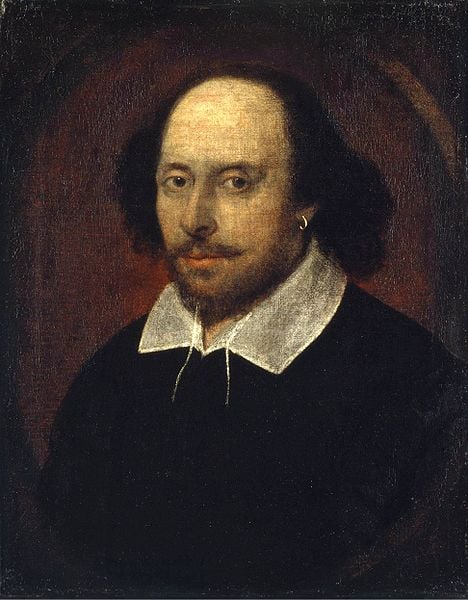
The Rest of the European Renaissance
Spain
The Renaissance arrived in Spain via Valencia in the Kingdom of Aragon from which the early Spanish Renaissance writers came from. In the Kingdom of Castille, the Renaisssance was influenced by humanism and the humanistic writers who introduced the new Italian poetry to Spain in the early 15th century. Spanish writers followed the Italian canon.
The Spanish novel, Don Quijote by Miguel de Cervantes is considered the first western novel and looked at the contrast between realism and idealism and illusion and was the first novel to do so. Renaissance humanism flourished in Spain in the early 16th century,
Later, the Spanish Renaissance turned towards religious themes and mysticism with religious poets Teresa de Avila and John of the Cross.
The Spanish Renaissance also took the form of the new world exploration and Spain became the world leader in this area.
England
The Elizabethan Era in England during the reign of Elizabeth I marked the beginning of the English Renaissance. The great writers of this era ushered in and then continued the English Renaissance: William Shakespeare, Christopher Marlow, Edmund Spenser, Sir Thomas More, Francis Bacon, and John Milton. The flourishing of literature, playwrights and the theatre all took part during the Renaissance.
France
The Italian Renaissance arrive in France in 1495 after the invasion of Italy by King Charles VIII. The Black Death and the Catholic Church's inability to help ward against it promoted the spread of secularism in France.
Francis I imported art and artists from Italy, including Leonardo Da Vinci among them. And, in 1533 Catherine de' Medici married Henry II and brought art, sciences, music and the origins of ballet to the French court from her native Florence. Catherine hailed from the famous and important de' Medici family that ruled Florence, Italy.
The important French writers of the Renaissance were:
- Francois Rabelais
- Pierre de Ronsard
- Joachim du Bellay
- Michel de Montaigne
Russia
Renaissance trends from Italy and Central Europe did reach Russia and influenced her, but the influence was limited because of the large distances it had to travel and the strong adherence and influences of the Orthodox religious traditionbs and Byzantine legacy.
Ivan III introduced Renaissance architecture to Russia by inviting architects from Italy. These Italian architects brought new construction techniques. The Russians were also influenced by the Italian Renaissance sense of spaciousness, proportion and symmetry.
The 17th century influence of Renaissance painting resulted in Russian icons becoming more realistic. Gradually the new type of secular painting appeared. By the mid 16th century adopted printing from Central Europe. By the 17th century in Russia, printing was widespread and woodcuts had become popular. And, so important to Russia, in 1430 the Russians created Russian vodka which quickly became the national drink in Russia.
